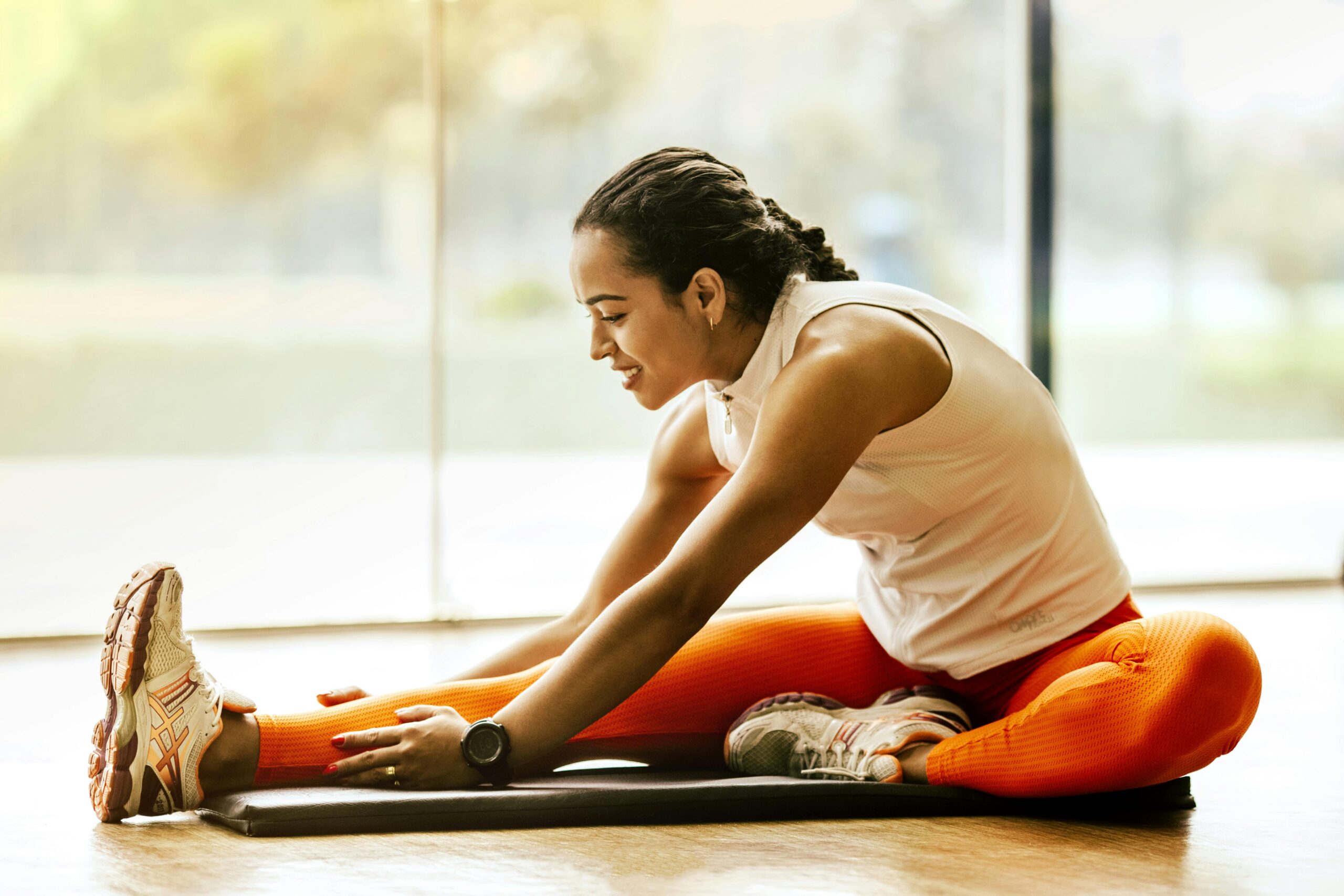The game of badminton is about skills, stamina and reflexes. It requires the body to use its muscles continuously in order to support the player. Since it’s so strenuous, at the end of the play a good and thorough cool down is required.
Our muscles are completely loaded during play and need a bit of relief post play. Cooling down allows your body temperature, blood pressure and heart rate to return to their normal level.
Stretching your muscles while they are still warm can help to reduce lactic acid build up, reducing your chance of muscle cramps and stiffness
BENEFITS OF COOL DOWN EXERCISES
The main aim of the cool down is to promote recovery and return the body to a pre-exercise, or pre-session level.
1. It helps in reduction of lactic acid build up.
2. It helps prevent injuries.
3. It helps in the recovery of the muscles which can help us perform the same routine the following day.
4. It has a positive effect on your cardiovascular system.
5. It ensures that the muscles are flexible and remain flexible.
It is important to get our heart rate back to normal so just take a few deep breaths post play and calm your pulses down.
These badminton specific exercises work wonders for the recovery as well as the fitness of your body
1. Hamstring Stretch
Hamstrings are key to overall movement efficiency. For badminton, we need both strength and flexibility in our hamstrings – helping us effectively move around the court! …
With your knee bent, slowly straighten it and keep repeating this movement. To increase the stretch, pull your leg towards you more.
2. Quad Stretch
Having loose quads is really important, as having tight quad muscles can lead to sore knees – and there are lots of sore knees in badminton! A loose quad will help to ease the pressure that we continuously put through our knee joints when playing badminton.
3. Hips Stretch
Stretching the hip flexors can have a number of benefits. It gives greater hip flexibility. Stretching your hips improves stride length and reduces pain in lower back, hip, groin and knees.
For your hips, you need to keep one knee on the floor and the other leg 90 degrees in front of you. Your hips will be facing forward and won’t be turned to the side. Start the stretch by lungingforward with the leg that’s flat on the floor. You should feel the stretch on the hip flexor region of the leg whose knee is on the ground.
4. Calf stretch
Calf muscles might not look important but play a very vital role in not only on court movements but also in our life of walking from point A to point B.
Stretching these muscles will prevent injury to the ankle and the many little muscles that help stabilize the ankle and the possibility of tearing your Achilles.
For this, you will need a wall or a chair. You have to start by placing the foot of your leg at the bottom of the wall and pulling your body closer to the wall. Your other leg will be in the air. Hold the stretch for at least 15 counts. After that go to the other leg.
Even if you are not able to pull your body towards the wall, but you are able to keep your heel as close to the bottom of the floor as possible, it is good enough.
5. Side Stretches
Side stretches help to increase both strength and flexibility of the lower back and the abdominals, supporting the spine and helping to improve posture.
7. Shoulder and Arms Stretch
The shoulder muscles are responsible for maintaining the widest range of motion of any joint in your body. This flexibility is also what makes the shoulder prone to instability and injury. Working out your arms and shoulders has many benefits. It can increase your muscle strength, muscle tone, and lean muscle mass. It can also reduce your risk of injury, improve your posture, protect your bones, and stabilize your joints.
8. Butterfly Stretch
The butterfly stretch is a seated groin and inner thigh stretch that targets those areas. It is a great stretch for badminton players. The butterfly stretch improves flexibility of the inner thigh adductor muscles. These muscles are used to draw your legs together. They help you maintain stability and balance. The butterfly stretch also opens the hips, which can become tight after a heavy session.
A cool down can be a 5 minutes to 45 minutes long session, but skipping the cool down can be quite harmful in the long run. Injuries are at higher risk when the body, muscles and joints haven’t been stretched properly after play.
Getting serious about your cool down and following the cool down routine will make sure you recover quicker from your workouts and stay injury free.
Good Luck!
Arundhati.



